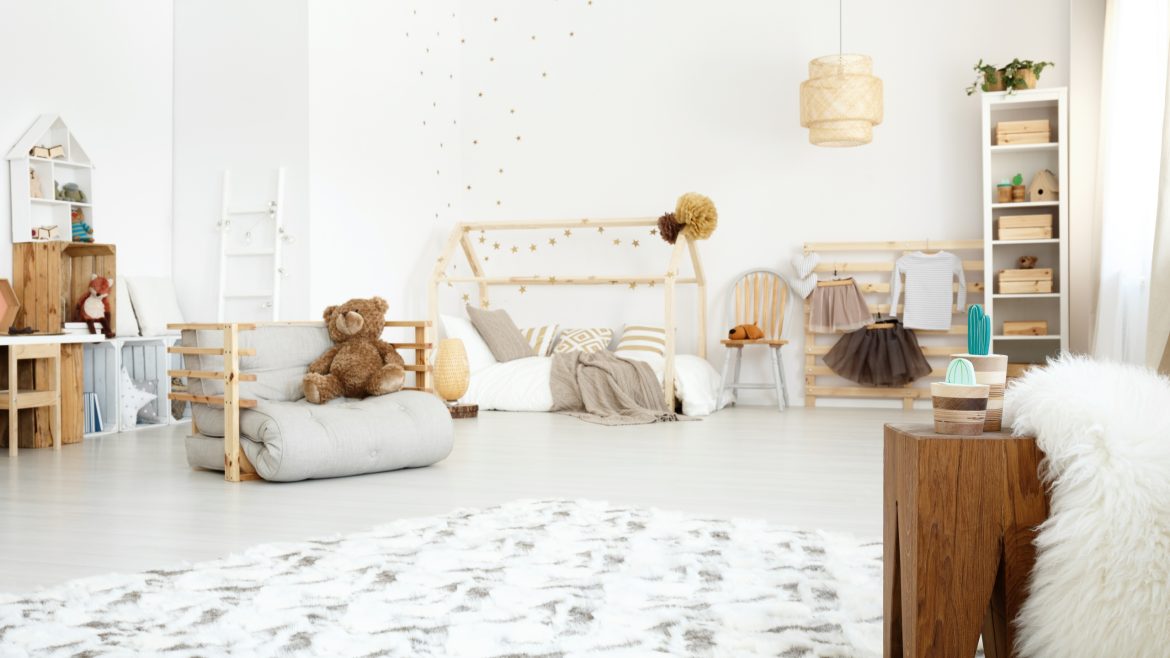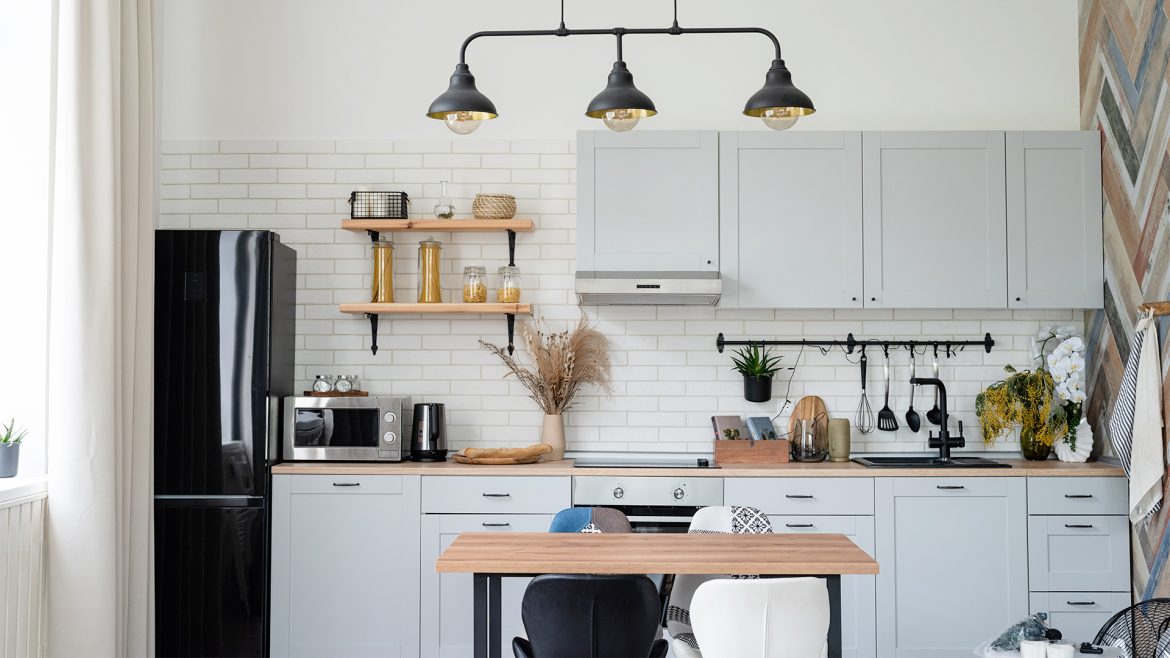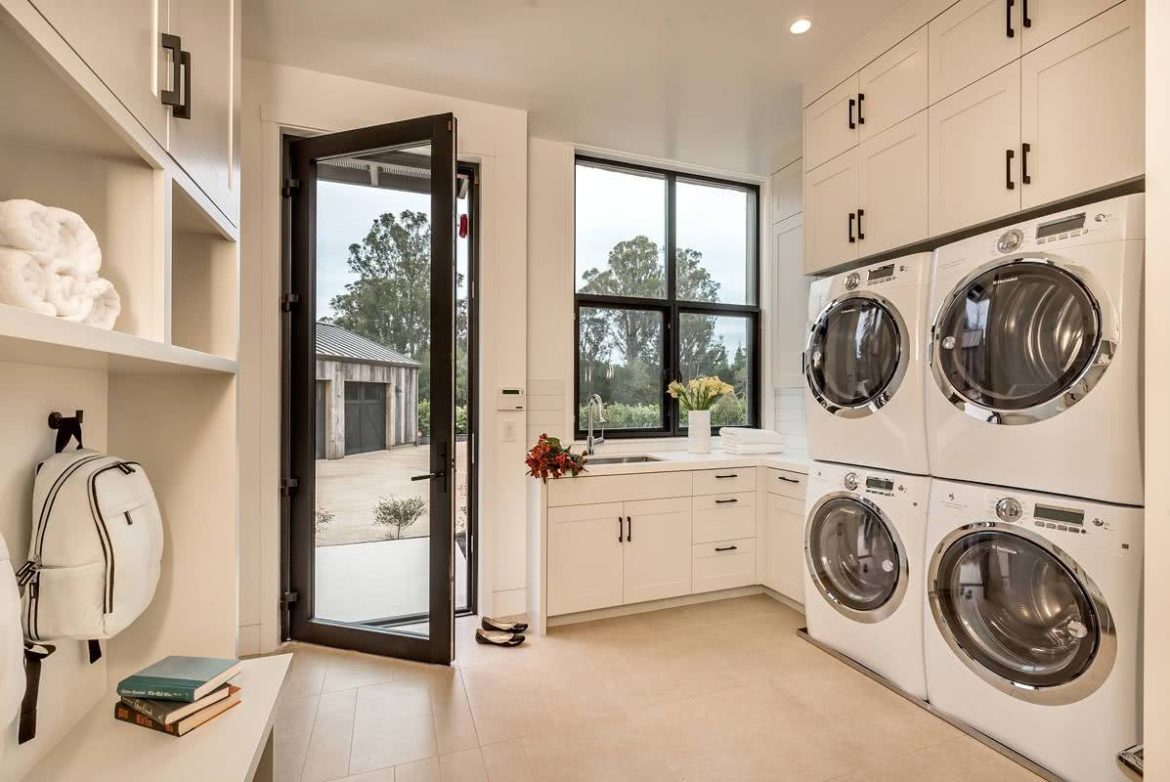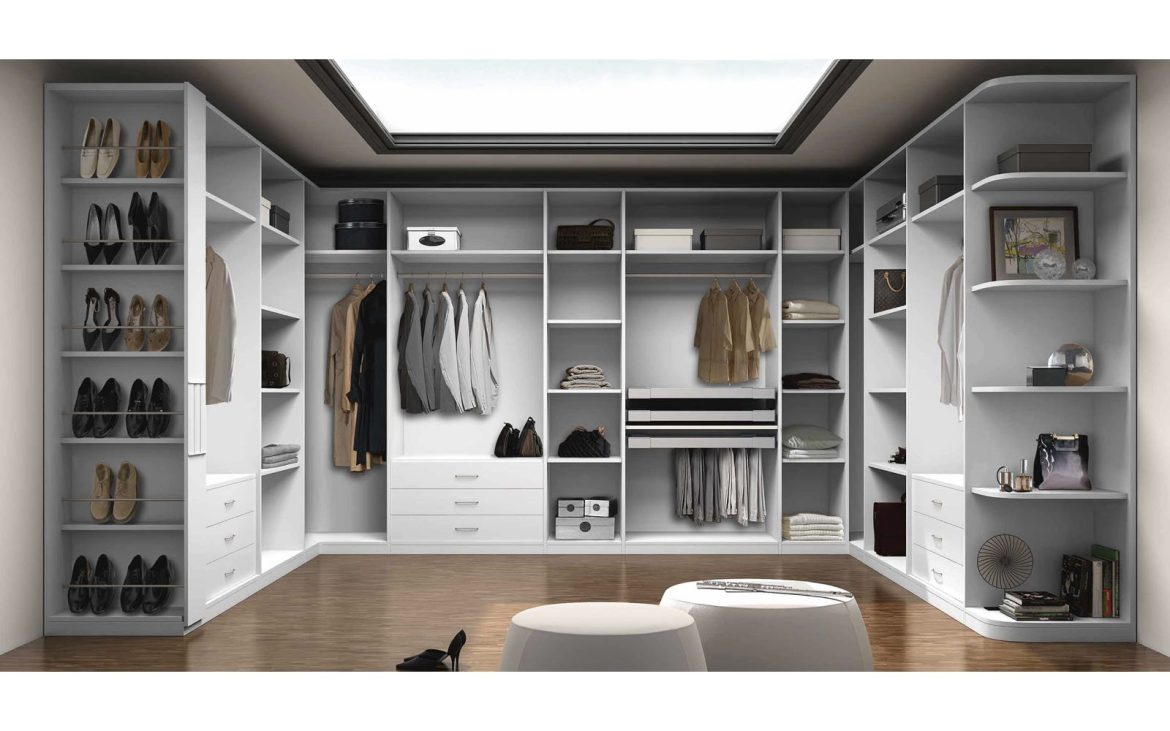Unpleasant odors in the house are a common problem, especially in the kitchen, bathroom or if you have pets. The first rule is to eliminate the cause, not mask the smell. Regularly clean, air out, wash trash cans, clean the refrigerator. Without this, no air fresheners will help.
Airing is the easiest and most effective way. Open the windows in the morning and evening for 10-15 minutes. In the summer, leave the vents open. In the winter, use the micro-ventilation mode if you have double-glazed windows.
In the kitchen, odors remain in the air and on surfaces. After cooking, turn on the hood and wash the stove. To remove the smell of fried food, put a pan of water, lemon and cinnamon on the stove – boil for 10 minutes. This deodorizes the air.
Vinegar and soda are universal helpers. Place an open container of vinegar in the refrigerator or toilet – it absorbs odors. You can pour soda into the trash can, on the carpet (then vacuum it), in shoes. Both are safe and cheap.
For a soft aroma, use sachets with dried herbs: lavender, mint, rosemary. Put them in cabinets, nightstands, car. You can make your own: fabric, filler, herbs – tie with a ribbon.




